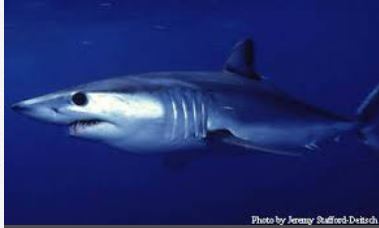
The goal of the research was to look for patterns in species retention and discards that could help managers navigate the complexity of estimating fisheries impacts on elasmobranchs. While variability in percent retained was high, we found that species type, fishing country, and gear explained nearly 60% of the variance. This suggests that while elasmobranch impacts in fisheries are challenging to track, even without data, we can make some inferences about the magnitude of total elasmobranch capture. When we compared our estimates to global landings data of elasmobranchs from the Food and Agricultural Organization of the United Nations (FAO), we found that FAO landings may grossly underestimate total elasmobranch removals by as much as 400%.
Our work brings attention to the need to improve estimates of elasmobranch removal - to account for all retained catch and discards - and highlights the importance of continued efforts to monitor and report retention and discards of elasmobranchs.

 RSS Feed
RSS Feed
